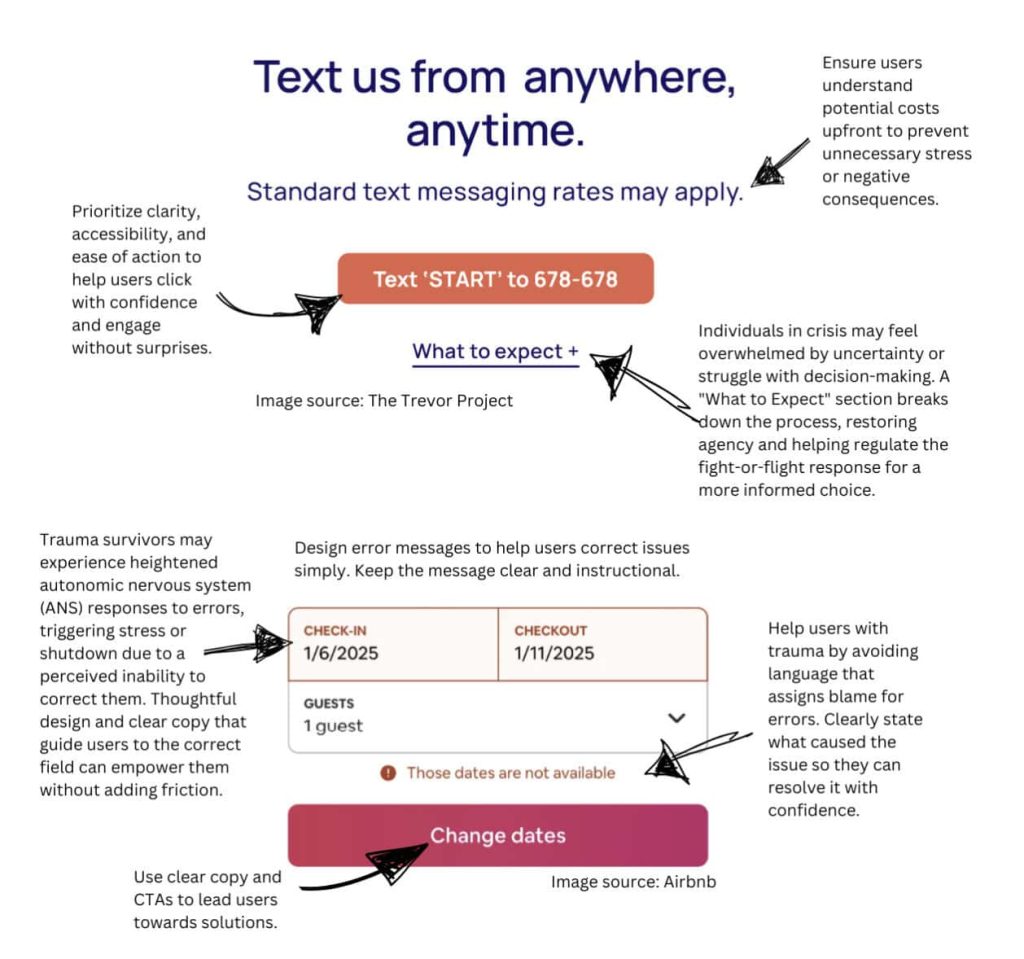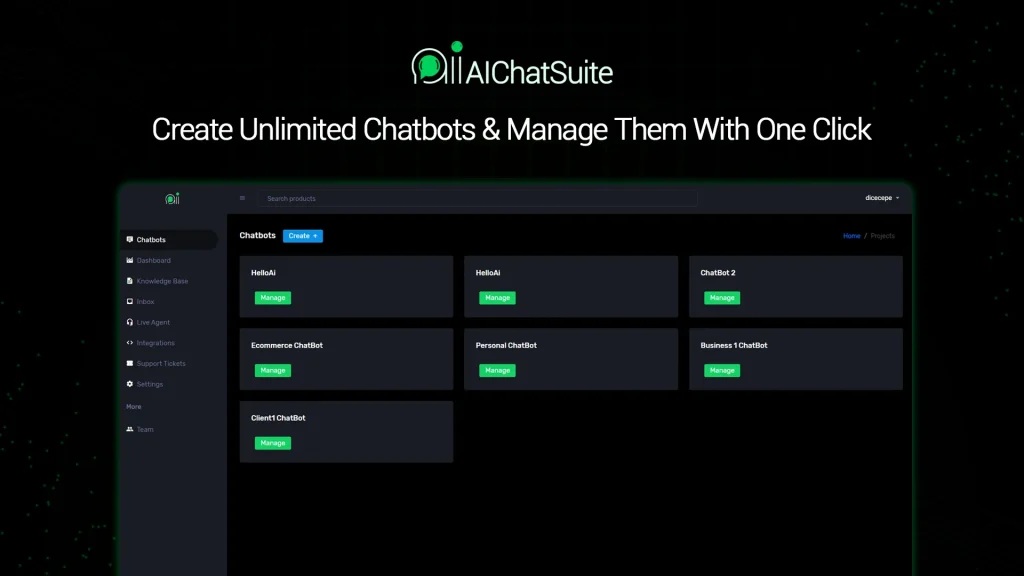Let’s face it—generic customer support just doesn’t cut it anymore. In 2025, customers expect interactions that feel tailor-made for them, even when dealing with global brands. The challenge? Delivering that personal touch without drowning in complexity. Here’s how forward-thinking companies are cracking the code.
The New Rules of Personalization
Gone are the days when addressing someone by their first name counted as “personalized.” Today’s customers want support that anticipates their needs, adapts to their history, and respects their preferences—instantly. And honestly? They’re right to expect it.
Key shifts driving this change:
- AI that actually gets context—not just keyword matching
- Privacy-aware customization—personalization without creepiness
- Omnichannel consistency—your chatbot should know what happened in last week’s email
Tools Making It Possible
So how do you personalize at scale without hiring an army of agents? Well, the tech stack has evolved. Here’s what’s working:
1. Dynamic Scripting Engines
Imagine a knowledge base that rearranges itself based on who’s reading it. For a tech-savvy user? Dive straight into API docs. For a beginner? Simplified steps with video walkthroughs. That’s dynamic scripting in action.
2. Emotion-Aware AI
Early chatbots frustrated everyone by ignoring tone. Now, tools like SentientResponse analyze voice stress or typing patterns to adjust their approach. A frustrated customer gets empathy first; a hurried one gets bullet points.
3. Predictive Issue Routing
Why make customers explain their problem twice? Systems now analyze past interactions and device diagnostics to route tickets to agents pre-loaded with relevant data. It’s like walking into a doctor’s office where they’ve already reviewed your chart.
Balancing Automation & Human Touch
Here’s the deal—no one wants to feel like they’re talking to a machine, even when they are. The sweet spot?
| Do | Don’t |
| Use AI for repetitive tasks (order status, password resets) | Force users through 10 bot prompts before human help |
| Let agents see AI’s interaction history | Make customers repeat info bots failed to capture |
| Flag sensitive issues for human takeover (billing disputes, complaints) | Assume tone-deaf automation works for emotional conversations |
Real-World Wins
Take SumaBank—they reduced support tickets by 40% after implementing preference-based routing. Customers who opted for “quick fixes” got AI solutions; those choosing “detailed help” went straight to specialists. Simple segmentation, massive impact.
Or VoxMobile, whose reps now see real-time “customer personality” snapshots (e.g., “prefers humor” or “wants just facts”). Their CSAT scores jumped 22 points in six months.
The Privacy Paradox
Personalization walks a tightrope. Use too little data, and you’re generic. Use too much, and you’re intrusive. The 2025 solution? Zero-party data—information customers willingly share for better service. Think:
- “I prefer video tutorials over text”
- “I’m comfortable with casual language”
- “Don’t show me promotional offers”
This shifts control to users while giving support teams legitimately useful insights.
Looking Ahead
By 2025’s end, the brands winning at support won’t just be fast or friendly—they’ll feel familiar. Like that barista who remembers your usual order, but for millions of customers simultaneously. The tech exists. The question is, will your strategy adapt in time?




